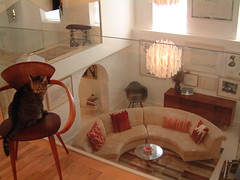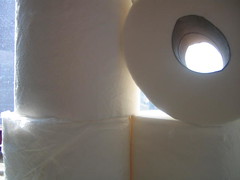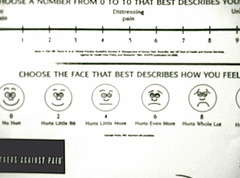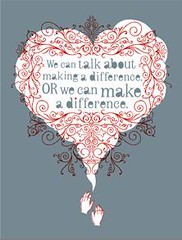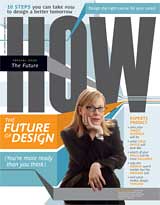As far back as I can remember I have collected odd things. When I was about five years old, whenever anyone gave me a gift of candy, rather than consume it immediately like my younger brother always did, I secretly hid it away in an old pocketbook my mother had given me for when I was playing dress-up. No one knew that I didn’t eat the candy and after several months, I amassed quite a collection of lollipops and Sweet Tarts and Lifesavers, and my favorite sweet of all: Necco Wafers. When I was sure that no one could catch me, I would close my bedroom door, remove the pocketbook from its hiding place and carefully remove all of the candy. Then, as the reds and yellows of the lollipops shimmered and sparkled like the stars in my eyes, I would lovingly admire my covert collection. Then I would gingerly organize it, and when I finished cataloging my treasure, I would carefully put it all back and once again, hide it away. Needless to say, I was proud and awed by my secret stash.
One day, very mysteriously, my pocketbook disappeared; it simply vanished into thin air. I didn’t know if my mother found my candy collection and threw it away or if she accidentally gave the bag to Good Will. At the time I was too afraid to ask; as I was fearful of being confronted with my strange pack-rat-like behavior. But at that moment, my heart was broken. It was only thirty years later that I finally asked my mother about my lost pocketbook full of candy and she had absolutely no recollection of it at all. I will never, ever know what happened to my hidden treasure.
I still collect odd things, but thankfully, they are objects that are more useful. Now I feel blissfully happy when I open up my kitchen closet and see my shelves bountifully stocked with things like paper towels and tissue boxes and toilet paper. I fearfully quip that my house is the place to go if there ever was another big black out or a war, as I have enough household rations to last a minimum of six months. I also have cases of canned cat and dog food for my furry family and, of course, just in case, several gallon-sized plastic jugs of water. It makes me happy to see all these things. I admire them in the same way I long ago admired my secret candy and whenever I open my closet door, I smile. I think these humble products are rather beautiful in their simplicity—the perfectly round rolls of winter white paper and the iconic boxes—and their loveliness, at least to me, is as real as their usefulness.
In analyzing my strange desire to have a supply of household products that could easily serve an extended family of ten or more in a what is actually a household of one, I have considered that it is more than just happiness that fuels my need for this abundance. Initially, I thought these products produced a profound sense of security and self-sufficiency—but now I feel that it goes even deeper than that. They make me feel safe.
In Paola Antonelli’s book, Safe, Design Takes on Risk, which is also a catalog of the marvelous exhibit she curated at the Museum of Modern Art in New York, she writes: “Safety is an instinctive need that has guided human choices throughout history. Like love, it is a universal feeling, and, as such, has inspired endless analytical thinking and motivated science, literature and art. On our sleeves we wear not only our hearts but also big red panic buttons. As often happens with basic tenets of human nature, no definition of safety can be more powerful than the one that each of us carries inside. In the interest of discourse, however, at least one interpretation can prove useful. The Maslow Hierarchy of Needs, for example, is a five-layer model of psychological behavior, developed around the middle of the twentieth century. It places the need for safety second only to the need for food, water, shelter, warmth and sex. Safety here means security, stability, and freedom from fear….The path of ascension toward self-actualization, and the stress on our neediness help us better understand what we are protecting and why. Maslow’s hierarchy could be adopted as a basic textbook on human-centered design.”
In the last twenty-four hours, much has been written about the very odd gift that Martha Stewart gave out to her audience yesterday on her morning television show. In a day and age when wealthy celebrity hosts are giving away cars and houses and exotic vacation packages, yesterday Martha Stewart gave each member of her audience a roll of toilet paper. “What a cheapskate,” one blogger sneered. But I can’t help but feel differently. As I pondered the nature of her handout, I couldn’t help but wonder if she, like me, found comfort in having more than you need, so that you never run the risk of running out. I wondered if she, like me, felt that having an abundance of something helped her feel safer in a world of emotional and physical danger. In fact, the only criticism I could offer at this unusual audience gift was not in the quality, but rather in the quantity. I am convinced that, of all people, Martha must know that rather than a give a gift of a single roll of toilet paper, a much, much better gift would have been a twelve pack. Or a pack of 36. Or even an entire case.

